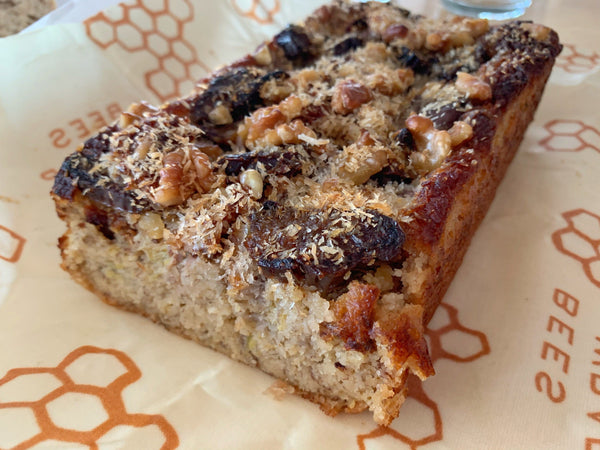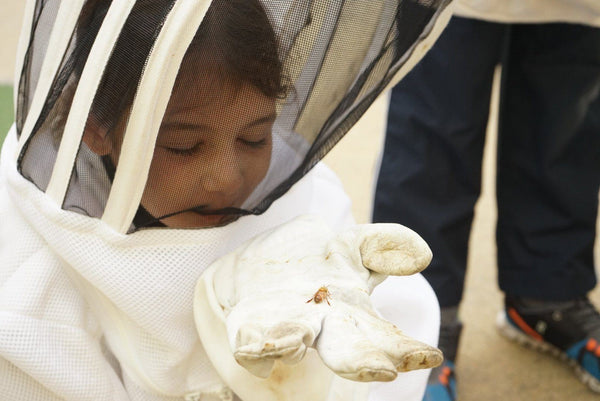Our first hive: two years later

In 2017, students gathered around eagerly as we installed an observational beehive at the North Branch School in Ripton, VT. When we partnered with the Bee Cause to sponsor our first hive at a school, we imagined a buzzing, active hive which would help students connect with pollinators in the course of their outdoor studies. We envisioned science lessons and pollinator projects, and above all, the productive buzz of bees at work.



The hive has provided all of those things — plus, it turns out, a lesson in the natural cycles of life. Last spring, as the community gathered for the annual clean up day, the bees swarmed: a sign of natural reproduction as the queen bee left the colony, attended by a large group of worker bees. As the year wore on, some bees died; overwintering a beehive is notoriously difficult. Others left. And by last fall, a year and a half after the hive was installed, the last of the first bees were dead. The hive sat quiet, at least for the time being.

This was a lesson in the rhythms, and yes, the challenges of beekeeping high in the northern mountains, at the edge of the Green Mountain National Forest. It turns out that the students weren’t alone in a difficult year of beekeeping. A record number of honey bee colonies died last year in the United States. Bee decline can be attributed to mites and viruses, but also to decreasing crop diversity, habitat loss, a changing climate, and pesticide exposure. It’s a hard time to be a honey bee.

The story of the North Branch School hive doesn’t end there, though. This spring, the bees returned. As we come to the end of National Pollinator Month, we’re struck by the optimism in that story. We’re reminded to hold a space for new life, to honor the seasons of dormancy and rebirth, to celebrate while still acknowledging the harsh cycles of nature and environmental decline. And we’re reminded that beauty can follow in the wake of the unexpected.

There’s no better person to share the story than Tal Birdsey, the co-founder and head teacher at North Branch School, who spoke of the hive at the spring graduation ceremony. We’re excerpting Tal’s speech here:
---
Last November, the remaining of the honey bees in our observation hive died and the hive remained dormant for over six months. Then, a week ago, a large swarm of bees was spotted about thirty feet up in a white pine by the field, hanging like a big black, writhing beard. Some of the bees were flying towards the science room and reentering the hive opening. Inside, they were clearing away cobwebs and removing dead carcasses and debris. A few hours later our hive was half way back to full, actually buzzing with activity, The bees had come home. At this point, in history and in this year, I am going straight and all in for magical thinking, so I take this as a sign. The bees know a good place when they find it.
This is also how it goes. Months or absence or emptiness and dust and debris, scrabbling around, trying to find something good. And then suddenly, the flowers open and pollen is riding through the air on busy wings. I think of Stanley Kunitz’ poem, “Touch Me,”
I kneeled to the crickets trilling
underfoot as if about
to burst from their crusty shells;
and like a child again
marveled to hear so clear
and brave a music pour
from such a small machine.
What makes the engine go?
Desire, desire, desire.
The longing for the dance
stirs in the buried life.






